The “Kra isthmus” or the “Isthmus of Kra" is the narrowest part of the Malay Peninsula. It forms part of present day Thailand. For centuries it has been seen as a crucial alternative to the narrow Malacca Straits between the Malay Peninsula and Sumatra. An overwhelming part of the international shipping trade between East and West today passes through the Malacca Straits. The overdependence on one route especially in a future scenario of geopolitical conflict carries with its various risks. For example, in a hypothetical future conflict between India and China, the country which controls the access to the Malacca straits would control the access to trade routes and hence economic war fighting capacity. It would play a decisive role in determining the result of the conflict.
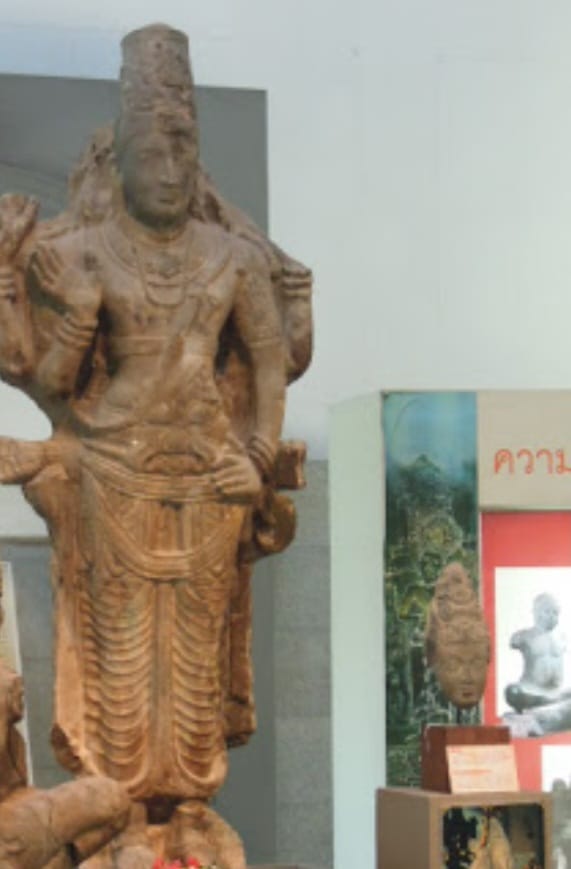 It is this geopolitical significance, which has made governments across the centuries propose to develop an alternative corridor through the Isthmus of Kra. It forms an important part of the “Maritime Silk route” of the People’s Republic of China today. In 2015 a proposal before the Government of Thailand envisaged building a 102 km long 400 metre wide canal cutting across the Isthmus of Kra. The canal would reduce travel time by 2-3 days and distance by nearly 1200 kms thus reducing shipping costs significantly and benefitting global trade. However many of these plans have not fructified due to environmental, geographical, political or geopolitical constraints.
It is this geopolitical significance, which has made governments across the centuries propose to develop an alternative corridor through the Isthmus of Kra. It forms an important part of the “Maritime Silk route” of the People’s Republic of China today. In 2015 a proposal before the Government of Thailand envisaged building a 102 km long 400 metre wide canal cutting across the Isthmus of Kra. The canal would reduce travel time by 2-3 days and distance by nearly 1200 kms thus reducing shipping costs significantly and benefitting global trade. However many of these plans have not fructified due to environmental, geographical, political or geopolitical constraints.
An important pre-requisite for trade routes such as Isthmus of Kra or Malacca straits to flourish is that all countries follow a rule-based order and an internationally well respected organization or body sets rules on access and control to trade. Unilateral actions by countries to dominate international waters bring macroeconomic instability. For example, China’s present day unilateral claims in the South China Sea and its construction of artificial islands has been held as a violation to the “United Nations Convention on the law of the Sea” by several ASEAN countries and large powers like India, United States and others.
So, the question arises if today a rules-based architecture for international waters and trade routes is such a challenges, what would have been situation 1200 years ago? Who would have been the one authority whose rules would have determined free trade and equal access in global commerce. Which super-authority would have protected freedom of navigation for international shipping and punished unilateral actions. Which King, accepted by most of Asia would have the ability to put down rogue Asian governments which sought to disrupt international commerce and peace?
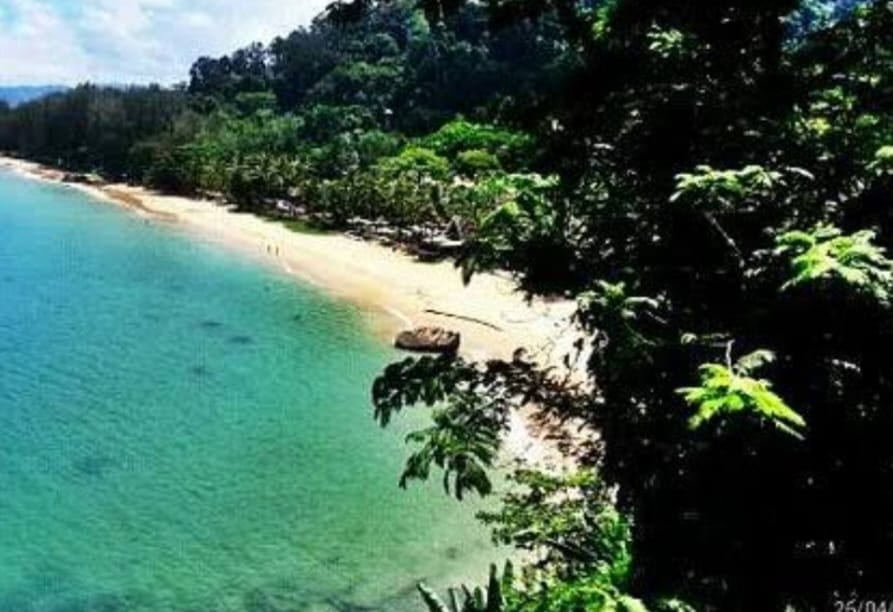
The answer to all these questions is just one – the Pallavas of Bharat. It was this dynasty which played a forgotten but crucial role in protecting freedom of access and navigation in East Asia. And one Pallava king’s name stands above the rest in this gigantic task – Nandivarman III Tellarrerinda also called “Avani-Narayana” . Hailing from the sacred Tamil region of Bharat, Nandivarman launched an expedition across the sea and conquered Takua Pa in Thailand to establish a permanent military presence. It was a presence to protect the Isthmus of Kra trade route. It was a presence to enable uninterrupted trade not subject to monopolistic blackmail. It saved East-West global trade from collapse.
Nandivarman III: The forgotten Pallava emperor:
Nandivarman Tellarrerinda is one of the forgotten emperors of Pallava history. Even in Tamil Nadu, the names of Narasimhavarman Mahamala or Nandivarman II Pallavamala are better known. In the mid 9th century CE, Nandivarman III however ascended the throne in Kanchipuram under very trying circumstances. He quickly put down the chaos in the kingdom and through sterling victories made himself supreme in the southern part of the Indian peninsula. Tamil inscriptions and texts tell us that Nandivarman dreamt of a great moral and civilizational renewal. In the midst of his massive efforts at building a dharmic welfare state, he got a distress call from Manikkiraman or “Mani-gramam” – a guild of Indian merchants from their colony in Thailand.
The Indian discovery of the “Isthmus trade route”:
It is a little-known fact that the first nation to discover the use of the Isthmus of Kra for trade was Bharat. A fascinating account in the Pali Nidessa dated atleast as old as the 2nd century CE if not earlier, talks about a military cum commercial expedition across the seas from Bharat to Suvarnabhumi and the consequent exploration of the destination from sea to sea. From the detailed geographical description there is striking similarity with the Isthmus of Kra. It is highly likely that we have here a record of the early Indian explorative expeditions that threw open the Isthmus for international trade. The main port to access the isthmus was to its south west called Takua Pa or Takkola.
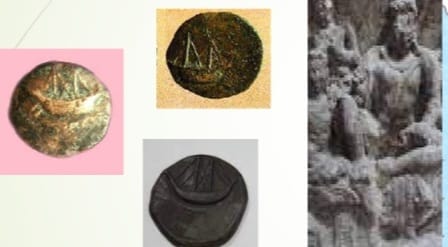
Archaelogical evidence and Chinese texts evidence that the Indians and Indianized natives had developed Takua pa as an important commercial centre by the 3rd century CE. In 243 CE, Su-Wu, one of the relations of the King of Fu-Nan (ancient Cambodia), embarked on a voyage to India from this port to meet an Indian king as an envoy. He took around a year to complete this voyage.
The Monopolistic tendencies of the Indonesian-Malayan Shailendra empire:
By the 8th century a Mahayana Buddhist dynasty called the Shailendras, originally from Java, but with their political centre in the Old Srivijayan heartland of Sumatra; sprang into prominence. The Shailendras in swift military campaigns spread into mainland South East Asia and conquered both the Malacca straits and the Isthmus of Kra by the mid 9th century CE. As per Arabic and Chinese records, the Shailendras had monopolistic tendencies. They sought to completely control east-west trade and become the sole intermediaries of exchange of goods. Merchants who would earlier make direct voyages till China were forced to disembark in Shailendra-controlled ports. Ships, whether Arabs or Indian, which would bypass Shailendra ports were violently attacked. All sort of taxes were imposed on traders, foreign or domestic and trade in certain commodities was nationalized. The Indian merchant community in Takua Pa belonging to the Manigramam felt threatened.
The Devotees of Vishnu who crossed the ocean to protect world stability:
At a time when the Arabs and Chinese chose not to defy the Indonesian empire’s diktats, the Indian traders appealed to the only King they knew who was powerful enough to help them. They sought the intervention of Pallava Nandivarman III. Nandivarman dispatched a naval fleet across the Bay of Bengal. The naval contingent consisted of military marines hailing from the Nangur region. The Nangur region, famous for its sacred divyadeshams and the memory of the great Sri-Vaishnava warrior-saint – Thirumangai Azhwar provided soldiers who had unquestioning faith in Lord Vishnu mixed with martial strength.
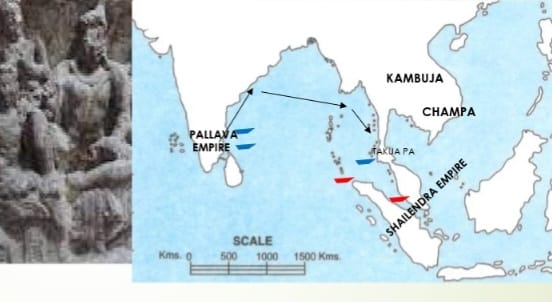
The expedition was completely successful and the Shailendras were pushed back out of most of the Malay peninsula. Full details of the military campaign are there in my book. An inscription from Takua Pa itself, still extant today, explicitly mentions the Pallava generals and the Pallava emperor by his second name “Avani Narayana”. A joint administration was set up in Takua Pa with the Manikkiraman governing the civil administration and a military contingent under a commander called Nangur-Udaiyan providing protection.
We have several independent evidences to prove the setback faced by the Shailendras at Takua Pa. Arabic records mention a far shrunken area in the Malayan peninsula under Shailendra’s control. These records also clearly speak that Isthmus of Kra had been lost by the Indonesian power. Chinese and Arabic texts also point to free commercial navigation for the rest of the 9th century CE. The Pallava conquest and liberation of the Isthmus ensured that Shailendra monopolistic practices ended and East-West trade continued without hindrance.
The legacy of the Pallavas was taken to its logical conclusion in the 11th century when not just the Isthmus of Kra but the Malacca straits also passed under Indian imperial control during the multiple expeditions of the mighty Chola empire.
Thoughts for today:
Today as a confident Indian republic seeks to re-establish its civilizational ties with ASEAN and East Asia, we may well ask the question. Could we dream of a Nandivarman Cultural Complex in the present-day Takua Pa? the Complex could have a museum showcasing the trade and cultural contacts between the Pallava and Chola empires and South East Asia. It could have a theatre showcasing films on how the trade route via Isthmus of Kra was discovered by ancient Indians. It could have educational centers imparting education of Indian arts and sciences. Finally in its lawns it could have a massive statue of Pallava Nandivarman III Tellarrerinda – the emperor called in an ancient Indian text as the “Nayaka of the Four Oceans”. Would such an event happen in our lifetime?
Full details on the Conquests of the Pallavas in Takua Pa are contained in the book – “Bharat’s Military Conquests in Foreign Lands” – written by the same author: Venkatesh Rangan. The book is available at https://subbupublications.com
 Venkatesh Rangan is a banker by profession and author cum historian by abiding interest. He has authored acclaimed non-fiction works on Indian History such as "The First Republic", "The Age of Pi and Prose" & "Bharat's Military Conquests in Foreign Lands" - his latest book available on Subbu books. He has also acted as an external examiner and guest speaker in universities and research institutions. He has been a speaker and presenter in domestic and/or international seminars; literary festivals; conclaves; webinars; etc such as Indic forum; Indology Foundation international web conference; Western Ghats Literature Festival; Bharat Forum; Maritime History Society Conclave; etc
Venkatesh Rangan is a banker by profession and author cum historian by abiding interest. He has authored acclaimed non-fiction works on Indian History such as "The First Republic", "The Age of Pi and Prose" & "Bharat's Military Conquests in Foreign Lands" - his latest book available on Subbu books. He has also acted as an external examiner and guest speaker in universities and research institutions. He has been a speaker and presenter in domestic and/or international seminars; literary festivals; conclaves; webinars; etc such as Indic forum; Indology Foundation international web conference; Western Ghats Literature Festival; Bharat Forum; Maritime History Society Conclave; etc
NEXT ARTICLE
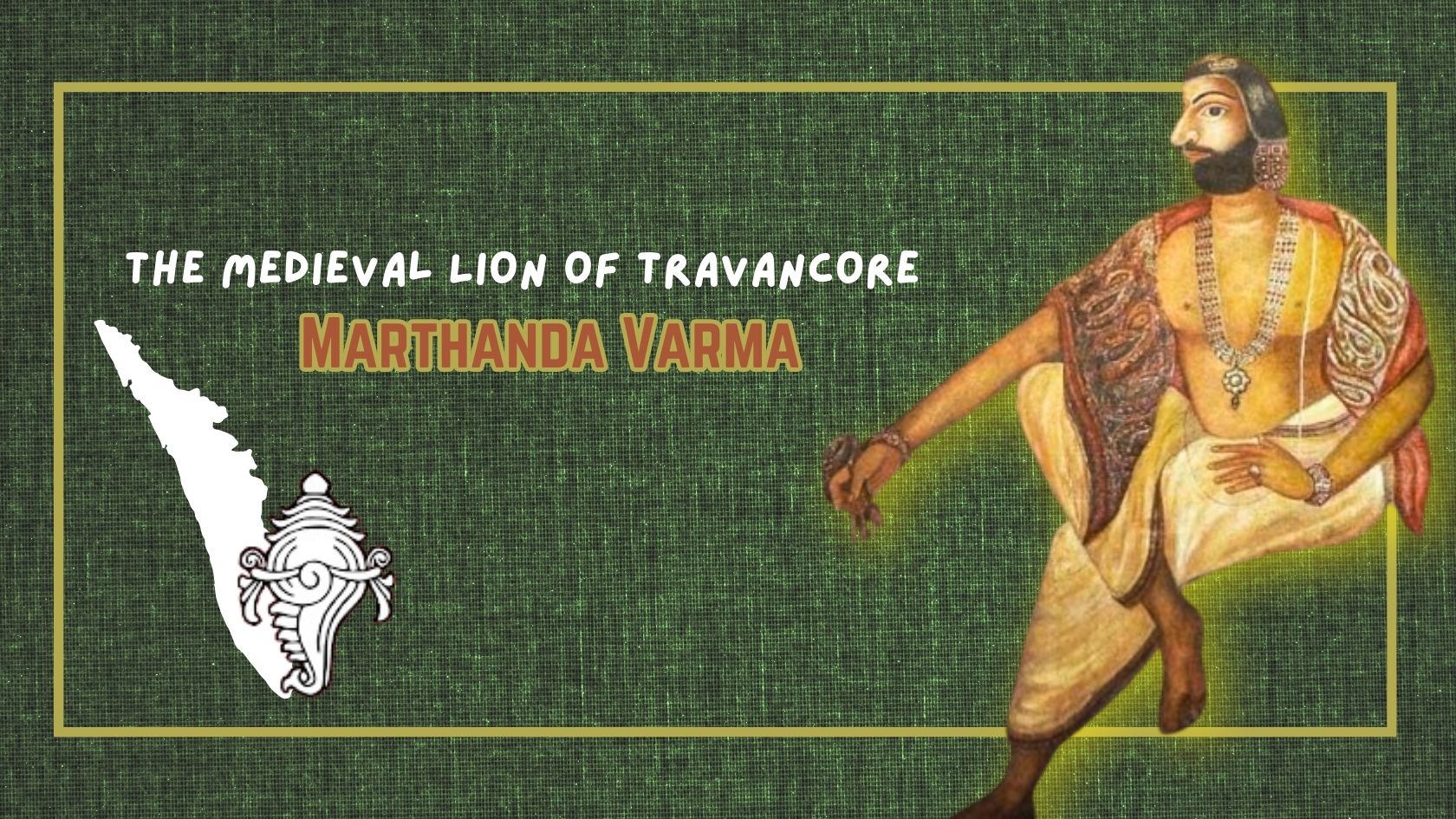
Shri Ramachandra Prasad's captivating narrative and the hot chai that was served at the right time transported me to ancient Kerala, where the extraor...
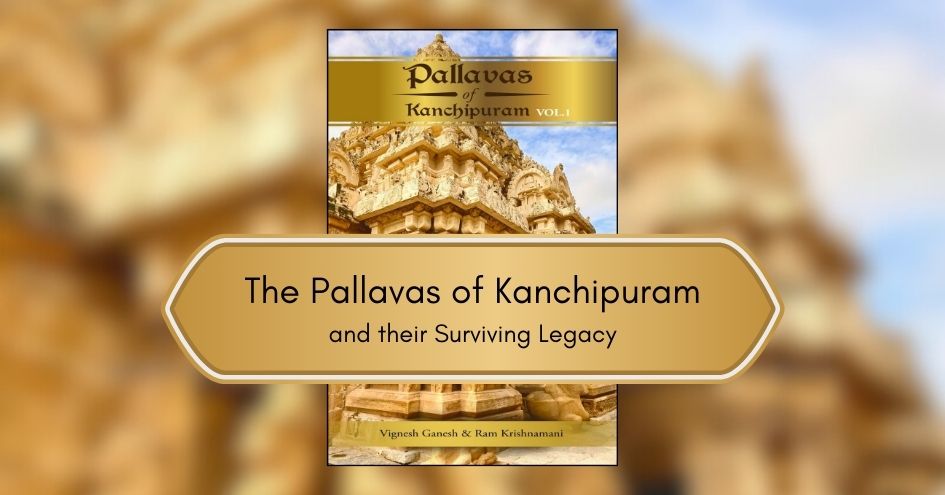
Introduction In Bharatvarsha, History is not the account narrated by victors. It is the record left behind by survivors. The study of Indian History...
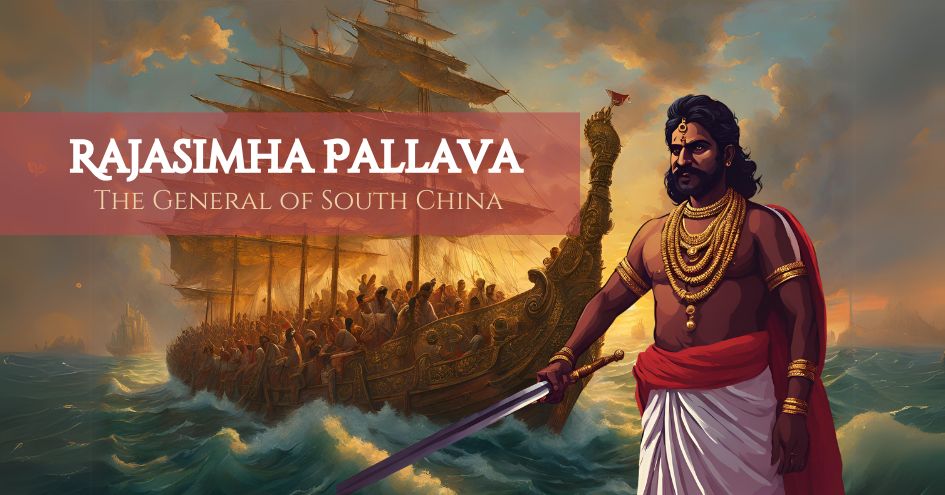
It is the first-half of the 8th Century C.E. in South India. The Pallava kingdom possesses strength and prosperity with some of the greatest monument...